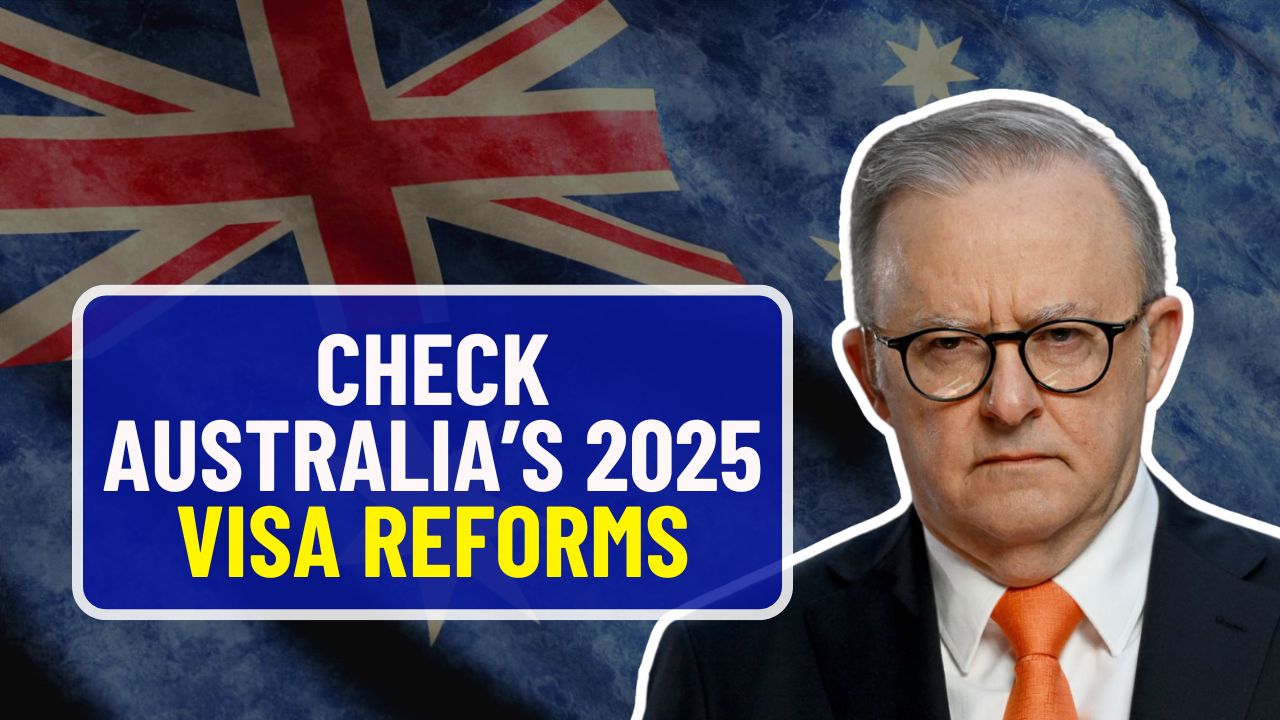Australia’s immigration landscape is undergoing a significant transformation in 2025, as the government introduces major reforms aimed at attracting global talent and addressing labor shortages. These updates include new visa categories, modifications to existing programs, and revised eligibility criteria to ensure a steady flow of skilled professionals into key industries. The visa overhaul is designed to create a more streamlined and accessible system for migrants while meeting Australia’s evolving economic and workforce needs.
A Replacement for the Temporary Skill Shortage Visa
A major change in Australia’s visa framework is the introduction of the Skills in Demand (SID) Visa, which replaces the Temporary Skill Shortage (TSS) Visa. This new visa is divided into three distinct streams to better cater to labor market demands. The Core Skills Stream targets workers in essential sectors such as healthcare, education, and construction. A notable change is the reduction in required work experience from two years to one year, and visa holders in this category can apply for permanent residency after two years of full-time employment. The Specialist Skills Stream is tailored for highly skilled professionals in advanced fields such as technology, engineering, and renewable energy. This stream provides a fast-track pathway to permanent residency. The Labour Agreement Stream allows businesses to negotiate industry-specific visa conditions, particularly benefiting sectors such as agriculture and hospitality.
Introduction of a Digital Nomad Visa for Remote Workers
Recognizing the rise of remote work, Australia has launched a Digital Nomad Visa, allowing professionals employed by foreign companies to reside in Australia while working remotely. To qualify, applicants must demonstrate an annual income of at least AUD $80,000 and must have valid health insurance. The visa is initially valid for one year, with an option to extend. This initiative aligns Australia with the growing trend of digital nomadism, attracting skilled professionals while boosting the local economy.
Pacific Engagement Visa
In a bid to strengthen economic ties with Pacific nations, Australia has introduced the Pacific Engagement Visa (PEV). This visa offers 3,000 permanent residency slots annually for eligible workers from selected Pacific countries. To qualify, applicants must pass health and character assessments and secure employment in key industries such as agriculture and aged care. This initiative aims to enhance labor mobility and support workforce needs in Australia while fostering stronger regional partnerships.
Mobility for Talented Early-Professionals Scheme (MATES) for Indian Graduates
A new bilateral agreement between Australia and India has resulted in the introduction of the Mobility for Talented Early-Professionals Scheme (MATES). This initiative will facilitate the movement of 3,000 Indian graduates specializing in fields such as technology, engineering, and finance, allowing them to work in Australia. The program is intended to strengthen Australia-India relations while addressing skill gaps in high-demand sectors.
Increase in Temporary Skilled Migration Income Threshold (TSMIT)
Australia has implemented a significant adjustment to the Temporary Skilled Migration Income Threshold (TSMIT), which has been raised from AUD $53,900 to AUD $70,000, effective July 1, 2024. This change ensures that foreign workers receive fair and competitive wages, reflecting Australia’s commitment to maintaining equitable labor standards. The increase is expected to attract higher-skilled professionals and provide better financial security for migrant workers.
Implementation of a Visa Balloting System for High-Demand Applications
To enhance fairness and transparency in visa processing, Australia has introduced a visa balloting system for certain high-demand visa categories. This system aims to distribute visa allocations more equitably, particularly for applicants from countries such as China, India, and Vietnam. By implementing a ballot system, the government seeks to manage application volumes while ensuring fair access to visa opportunities.
Expansion and Revision of the Core Skills Occupation List
The Core Skills Occupation List has been updated to include over 450 occupations spanning industries such as healthcare, IT, engineering, and construction. This expansion aims to address workforce shortages and provide skilled professionals with greater opportunities to migrate. However, concerns have been raised by industry leaders over the exclusion of certain critical construction roles, which may impact efforts to fill labor gaps in the sector.
Modifications to the Working Holiday Maker Program
Changes to the Working Holiday Maker Program have been introduced to expand access for applicants from select regions. Notably, citizens of UK territories can now apply for a second or third Working Holiday visa without the traditional work requirements. Additionally, due to high demand, applicants from China, India, and Vietnam must now apply through a ballot-based system, ensuring a fair distribution of visa allocations.
Adjustments to the Temporary Graduate Visa (Subclass 485)
The Temporary Graduate Visa (Subclass 485) has undergone major revisions. Starting in 2024, the maximum age for applicants has been reduced from 50 years to 35 years. Additionally, English language requirements have been strengthened, making proficiency a mandatory criterion for eligibility. These adjustments aim to ensure that graduates possess the necessary skills to integrate successfully into the Australian workforce.
Launch of the Innovation Talent Visa for High Achievers
Replacing the Global Talent Visa, the newly introduced Innovation Talent Visa is designed to attract top performers in critical industries. This visa provides a streamlined pathway to permanent residency for individuals who demonstrate exceptional expertise in fields such as technology, research, and creative industries. The program underscores Australia’s commitment to fostering innovation and maintaining its global competitiveness.
Australia’s Strategic Vision for Immigration Beyond 2025
The 2025 visa reforms represent a comprehensive strategy to enhance Australia’s immigration policies, focusing on attracting skilled professionals, filling labor shortages, and boosting economic growth. These changes provide new opportunities for individuals seeking to live and work in Australia, while also ensuring that the migration system aligns with the country’s long-term workforce needs. Prospective applicants are encouraged to familiarize themselves with the updated regulations and consult immigration experts to navigate the evolving visa landscape effectively.

